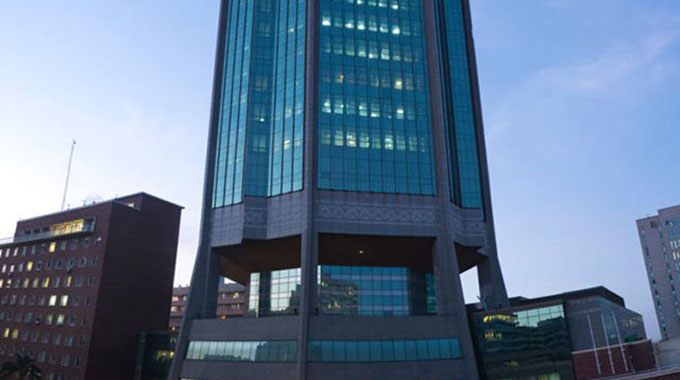Livestock slaughters increase

Business Reporter
Zimbabwe slaughtered an increased number of livestock for the year ended December 2018 compared to the previous year although performance became subdued towards the end of the year.
According to a fourth quarter economic review released last week by the Reserve Bank of Zimbabwe (RBZ), the number of cattle slaughtered in 2018 was up 1,1 percent to 265 903 compared to 263 006 prior year comparative.
The number of pigs slaughtered had a much bigger growth, up 13,6 percent to 174,049 while that of sheep and goats was up 5,4 percent to 24,016.
However, according to information that was sourced by the central bank from the Ministry of Lands, Agriculture, Water, Climate and Rural Resettlement, livestock slaughtered in the last quarter of 2018 was lower than the last quarter of 2017.
During the last quarter of 2018, cattle slaughters at formal abattoirs totalled 57 846 head, a 19 percent decline from 79 290 head slaughtered in previous quarter.
Cattle slaughters declined by 12 percent, compared to the corresponding period in 2017, reads the report.
“The decline could be partly attributable to a fall in the demand for beef, following the hike in beef price during the fourth quarter of 2018.”
The said period witnessed rampant price increase as economic players panicked in response to monetary and fiscal changes that were introduced by Government as part of austerity measures meant to right the struggling economy.
“The higher disease incidence reported in 2018, which resulted in some cattle deaths, could also have affected slaughters in the fourth quarter as farmers withheld stock for draught power and breeding purposes,” reads the report.
Private abattoirs accounted for 98 percent of the cattle slaughters during the quarter under review, as the Cold Storage Company continued to struggle to recapitalise its operations and take advantage of its massive installed capacity.
Pig slaughters, however, increased to 49 081 in the fourth quarter of 2018, from 44 831 in the third quarter of 2018, and 39 394 in the fourth quarter of 2017.
“The increase could be attributed to cautionary offtake in anticipation of low grain output, which is expected to push up the price of stock feeds,” said the RBZ.










Comments